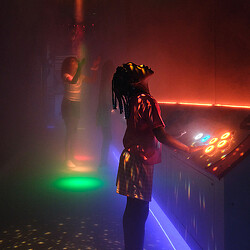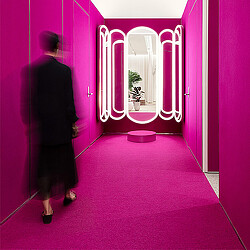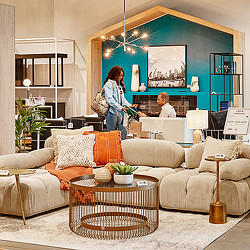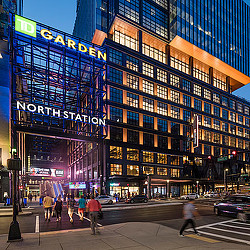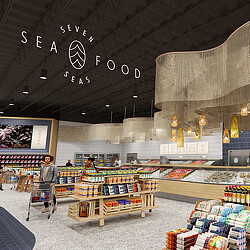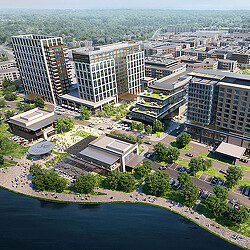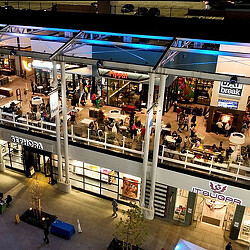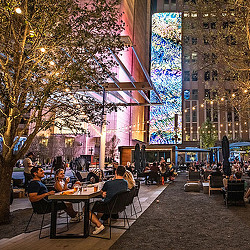The Powerful Influence of Experience Design in Transforming Retail
The intersection of retail and experience design yields curated atmospheres that foster community connection and strengthen brand loyalty.
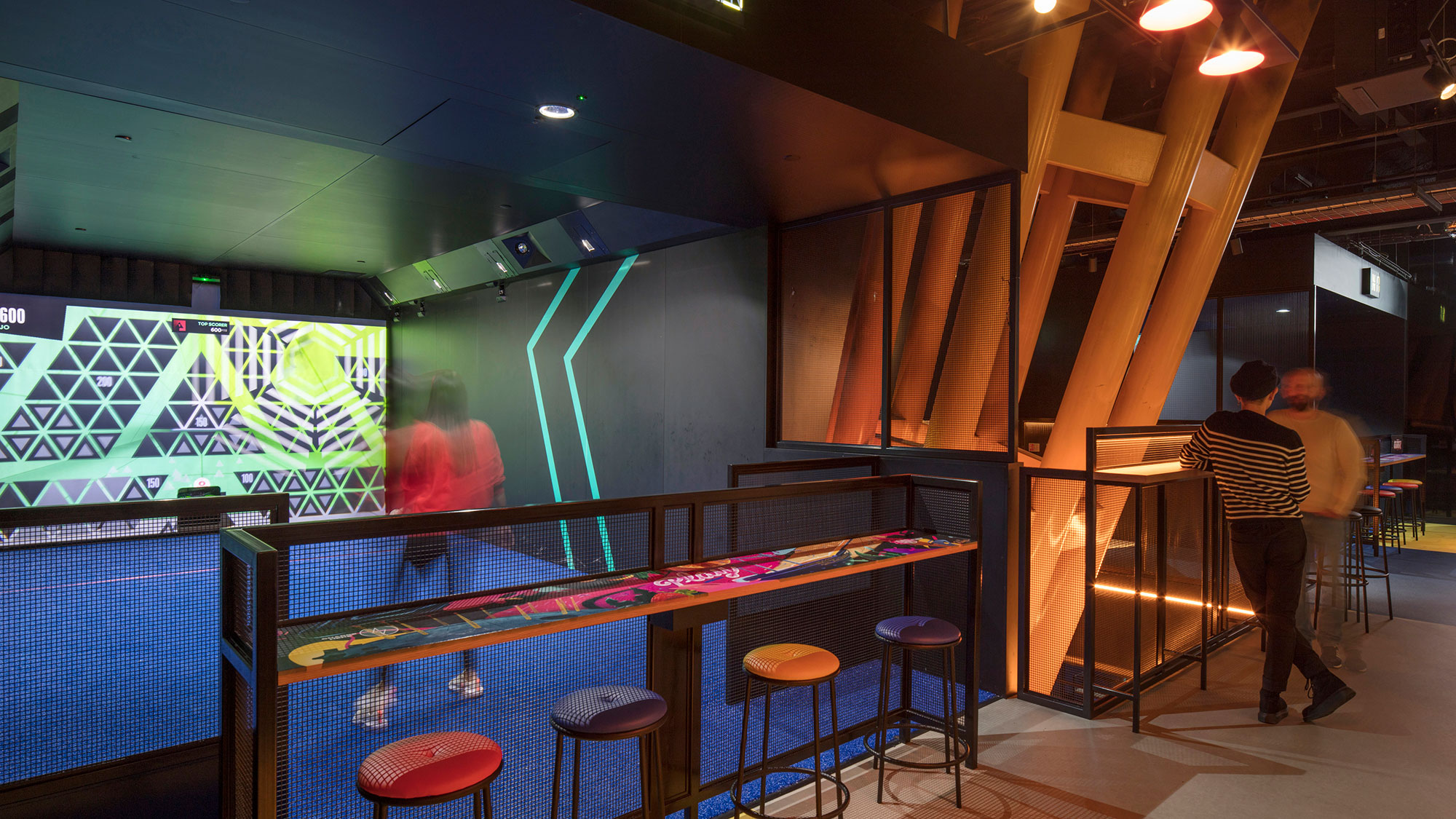
In today’s competitive environment, where brands are vying for consumers’ time and attention, retailers must do more than offer a great service or product; they must curate a variety of experiences, bringing guests back time and time again. That’s where experience design comes in — when implemented successfully, experience design can foster community connections and strengthen brand loyalty, ultimately giving retailers an edge.
The market for retail real estate is becoming increasingly competitive, with a general lack of availability for those seeking to expand brick-and-mortar presence and provide new offerings for their customers. This is because the pandemic reduced the inventory of space and limited the development of new retail. As a result, new spaces are designed to be flexible and are intended to evolve as the market and consumers continue to reemerge with new demands.
The practice of creating engaging interactions between users and products, services, or environments is the foundation of experience design. Most often, we see experience design implemented with custom amenities, flexible environments, entertainment moments and events, and adjacent services intended to attract customers who have become more accustomed to online retailing in the comfort of their homes.
Here are four areas where we see experience design impacting retail spaces:
- Custom amenities: Retailers could offer patrons access to personal shoppers, loyalty programs, personal perks, and concierge services such as deliveries, pick-ups, and parking.
- Flexible environments: Companies may choose to concede some of their physical retail space to offer guests a fusion, or blending, of services. This could look like a local boutique inviting a complementary brand to set up a pop-up shop or trunk show to engage new customers.
- Entertainment moments and events: To create additional buzz, retailers might invite a notable regional or local celebrity or subject matter expert to provide complimentary entertainment or services. This individual or group could share education or knowledge for a limited time or with a limited number of guests, creating a unique opportunity to attract visitors.
- Adjacent services: As retailers make strategic real estate decisions, companies might choose to physically cluster or bundle to maximize the foot traffic of like-minded shoppers.
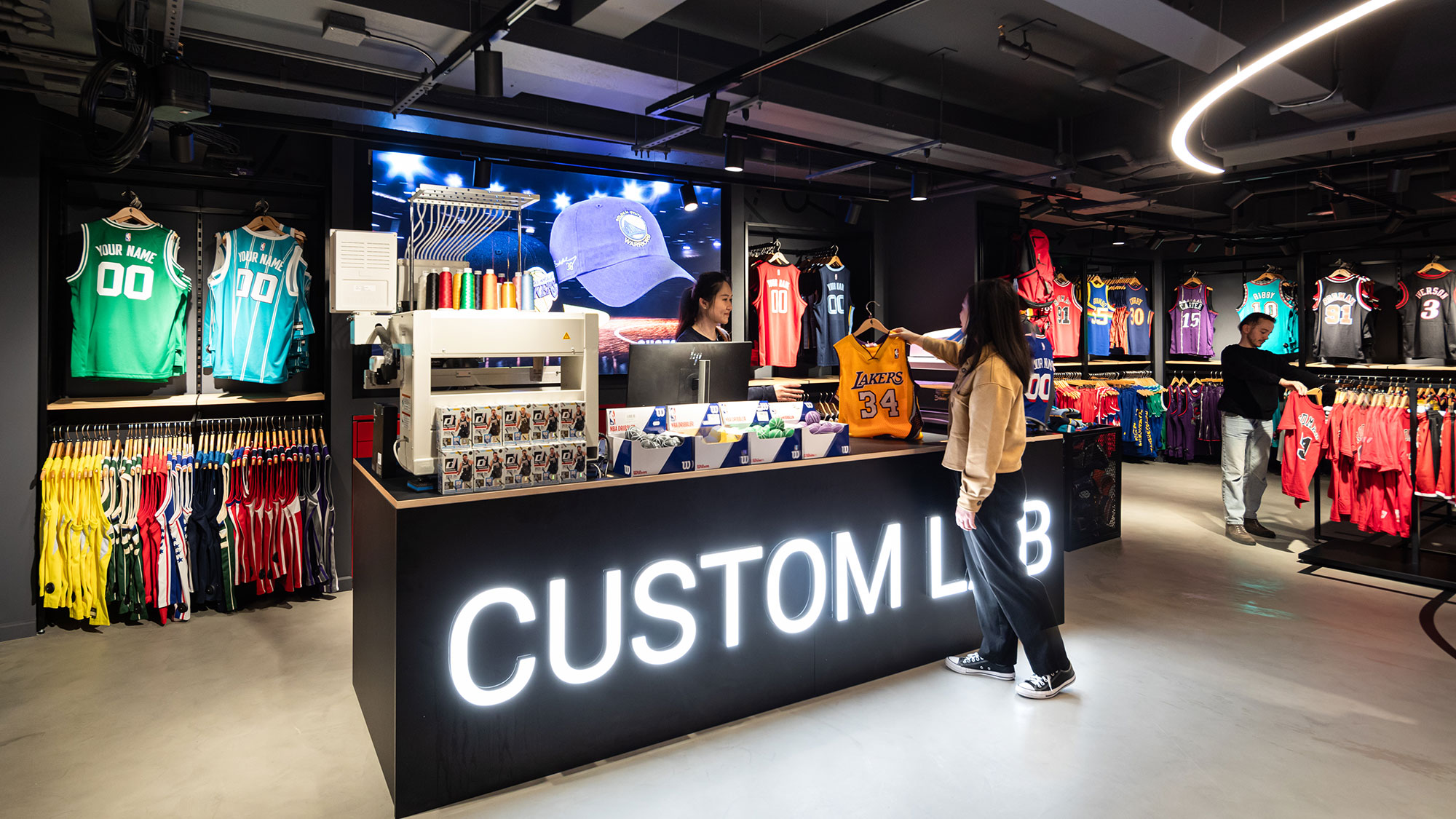
Additionally, experience design plays a critical role in the impact retailers can have on the community. Ultimately, people are drawn to places they are familiar with, and a relatable and genuine connection is often formed through the sensory elements of touch, feel, and smell. People are looking to develop meaningful social connections to and in their communities, and the spaces and interactions they seek are unique, one-off, and local. Individuals want more out of their time visiting spaces — more entertainment, more fun, more value, and more engagement.
At Bar Bludorn in Houston, the Gensler team used experience design to celebrate food, community, and hospitality in an inviting “homelike” atmosphere. The team tailored the 5,000-square-foot space to fit seamlessly into its surroundings, blending upscale elegance with the warmth of a tavern. Noteworthy features, such as intricately carved branding on the back of each dining chair, subtly connect guests to the restaurant’s identity, and terrazzo flooring adds a touch of vintage charm. As a result, the final product has been recognized for its attention to detail and ability to reflect the neighborhood’s character.
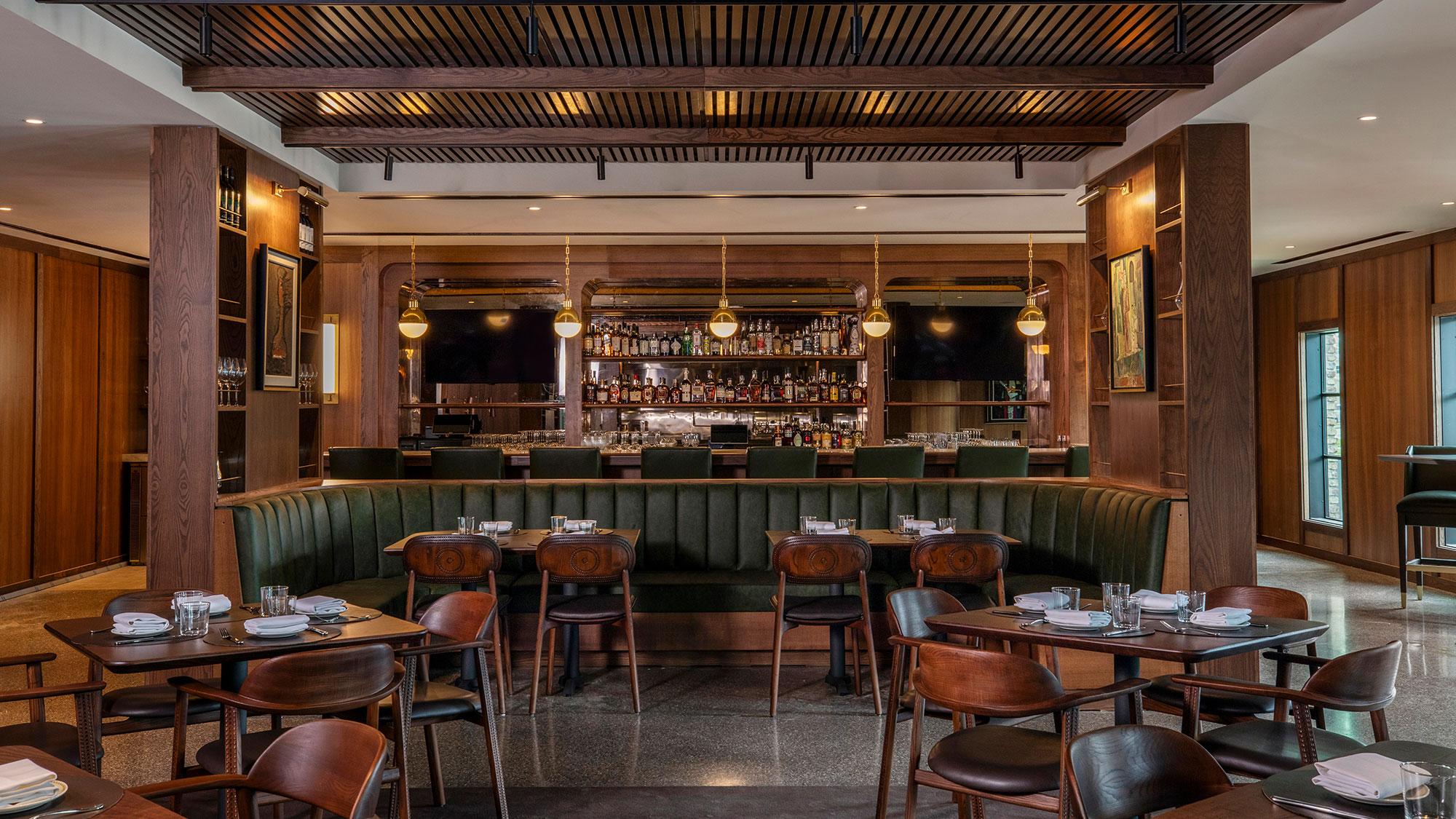
As the retail market has evolved, many great brands have emerged and the opportunity to capture customer loyalty has become more competitive. The most successful retailers thrive when they understand market dynamics and flow with them.
For media inquiries, email .

